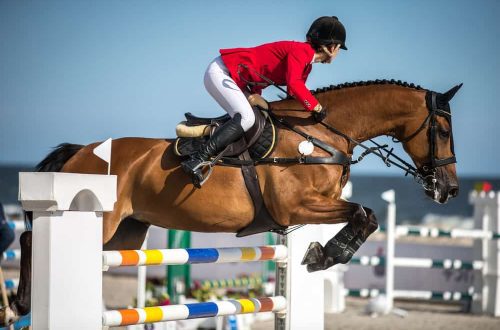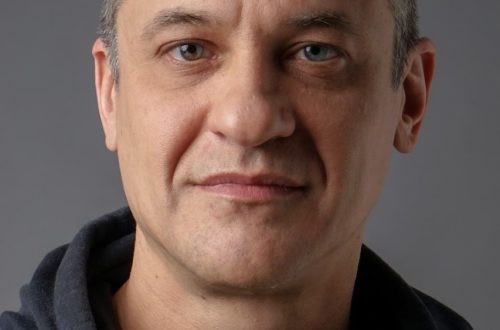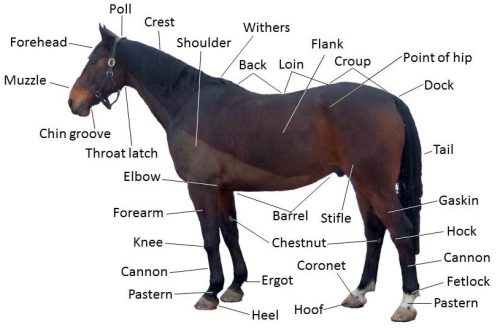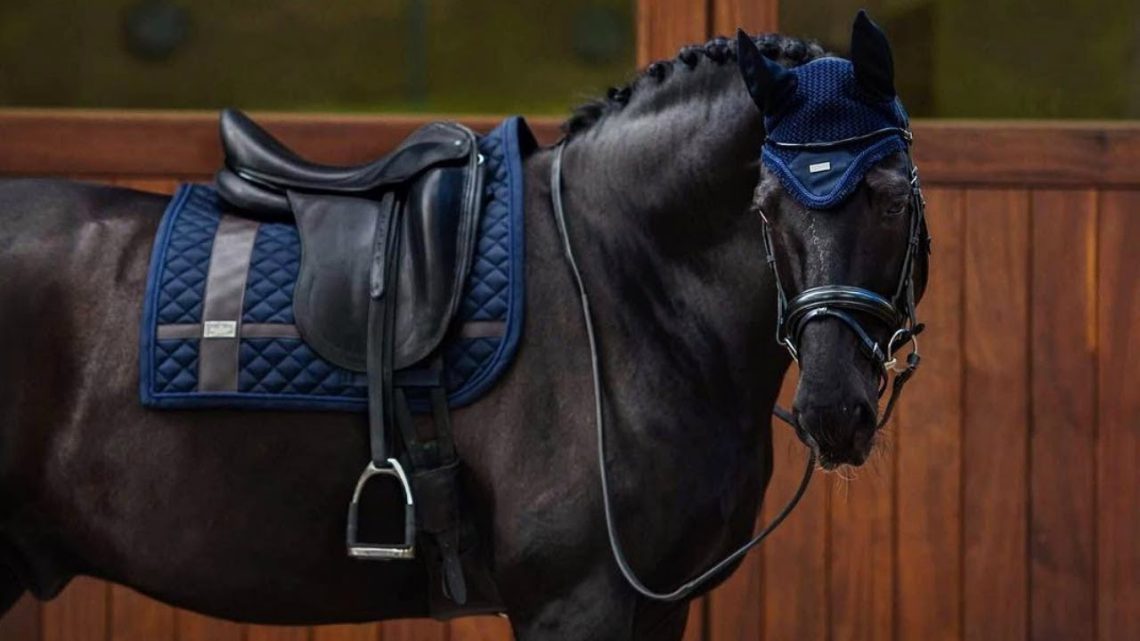
Equestrian archaeologist Vera Borisovna Kovalevskaya (+ video)
Equestrian archaeologist Vera Borisovna Kovalevskaya
Even before I met Vera Borisovna, I was familiar with a number of her archaeological works, among which the book “Horse and Rider” stood out in particular. From the granddaughter of V. O. Witt, I first heard a story about Vera Borisovna: in her youth she was very effective and admired by men, she wore jeans that were exotic for the Soviet era and amazing jewelry. On the excavations, she took her faithful Akhal-Teke Mikhman. She could be called Hemingway’s girlfriend, she looked so unusual in our then environment.
For many years I have had the opportunity of personal communication with Vera Borisovna, who gave me a lot of value, both in the field of knowledge in equestrian archeology and in the practical application of the experience of the past.
Vera Borisovna is a legend that has passed the path of an entire era. She is was born in St. Petersburg, in the Shcherbatov family, brilliant before the revolution. In the past, one of her relatives, Alexander Grigorievich Shcherbatov, became famous for the import of Arabian horses to Russia and the creation of the Terek stud farm together with Count Stroganov. Vera Borisovna is somewhat reminiscent of her active relative, and she lives relatively close to the estate of her ancestors – in Islavsky. The village is located on the banks of the Moskvorechye, less than 25 kilometers from the Shcherbatov Vasilyevskoye estate, which also stands on the hill of the Moskva River.
In the western suburbs, in Islavsky, Vera Borisovna settled down thanks to cooperation with the First Stud Farm (MKZ No. 1). The then director of the plant, Boris Dmitrievich Zavilgelsky, understanding the value of scientific employees who know horse business, interceded with the district leadership to allocate a site to Vera Borisovna for building a house.
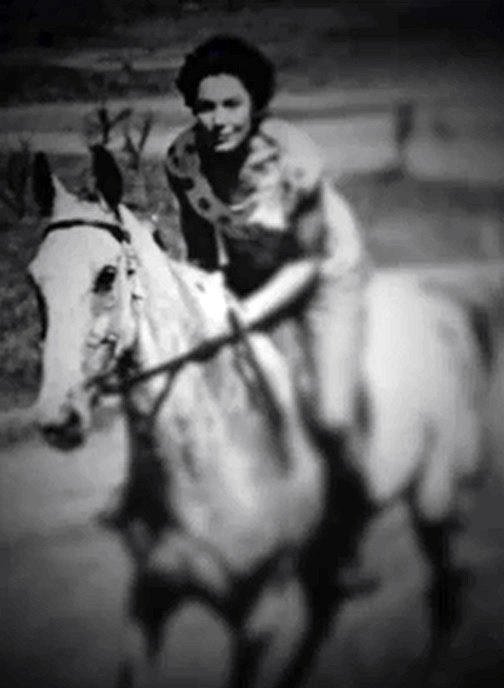
Vera Borisovna on one of the horses of MKZ No. 1
Later, it was here that Vera Borisovna was able to prescribe the Akhal-Teke stallion Mikhman from MKZ No. 1. At that time private horses and personal farms of such a plan did not exist, until 1991 in our country there was a ban on keeping private horses. In fact, it was precisely such purposeful people of that time as Vera Borisovna who became the first private owners, albeit with horses assigned to various farms.

Vera Borisovna and Mikhman
Even before moving to Islavskoye, Vera Borisovna began to cooperate with the only equestrian publication in our country at that time, Horse Breeding and Equestrian Sport. Once, having brought one of her articles to the editorial office, she spoke to a stranger about the ancient horses of the east. In response, he quoted one of the legends that had not yet been translated for that period, and was able to explain a number of key points, which struck the girl who was then starting her equestrian archaeological path.
The stranger turned out to be Vladimir Oskarovich Witt, professor, hippologist, who was already then called the creator of the modern domestic science of the horse. We can say that Vera Borisovna was lucky in the future, because, having settled in Islavsky, she became a neighbor of Vladimir Oskarovich, and was able to receive advice from him on many theoretical and practical issues.
Since the 1950s, after graduating from Moscow State University, Vera Borisovna led scientific archaeological expeditions in the Crimea, Taman and the Caucasus.
The Caucasus has become a kind of archeological “horse” of Vera Borisovna, her main scientific interest was the archeology of the Caucasus of the Early Iron Age and the Early Middle Ages. But a special place in her activities and work was occupied by horses, the history of their domestication and cultural horse breeding. Her book “Horse and Rider”, which has gone through several editions, has become a logical result of a huge amount of work done. According to Vera Borisovna, a number of points concerning the first horse breeders and riders, have already changed because archeology does not stand still, and new discoveries make their own amendments to history.
In the video file memoirs of Vera Borisovna about her life as a “daughter of an enemy of the people”.
Vera Borisovna’s parents were art critics: her father was a restorer, and her mother was an artist. In the 1930s, when repressions began in Leningrad, her father, Boris Vladimirovich, was arrested. As a small child, fleeing the persecution of the authorities, Vera Borisovna and her mother moved to Georgia. Here Tatyana Sergeevna, mother of Vera Borisovna, worked on expeditions for the artistic copying of frescoes, having done a very significant job.
It was from her parents that the future outstanding archaeologist inherited her love for art and its search and discovery.
Valera Sablia



